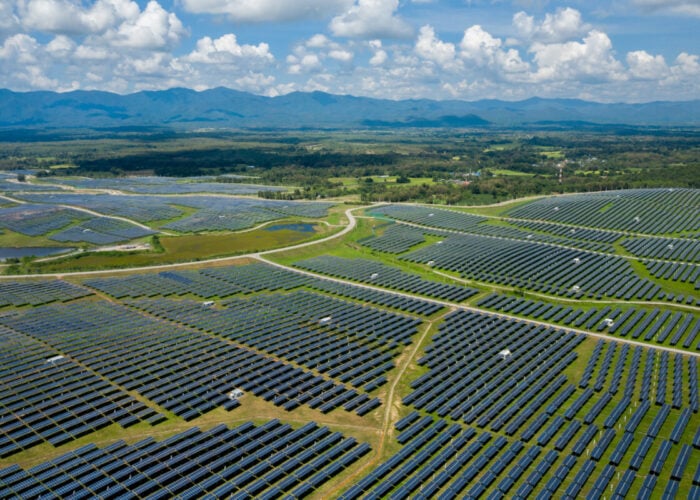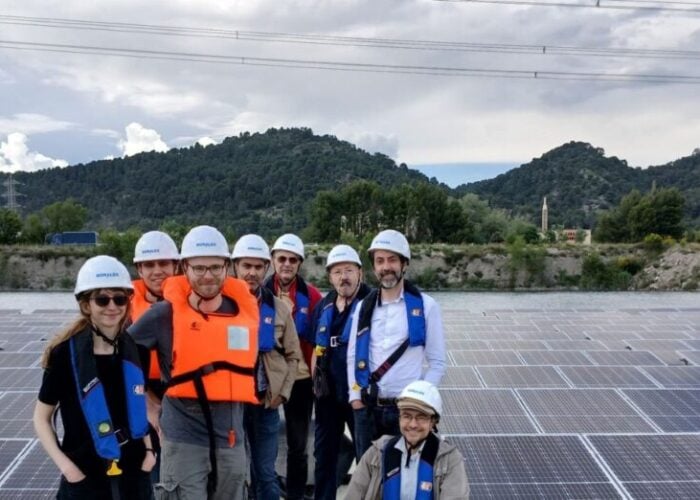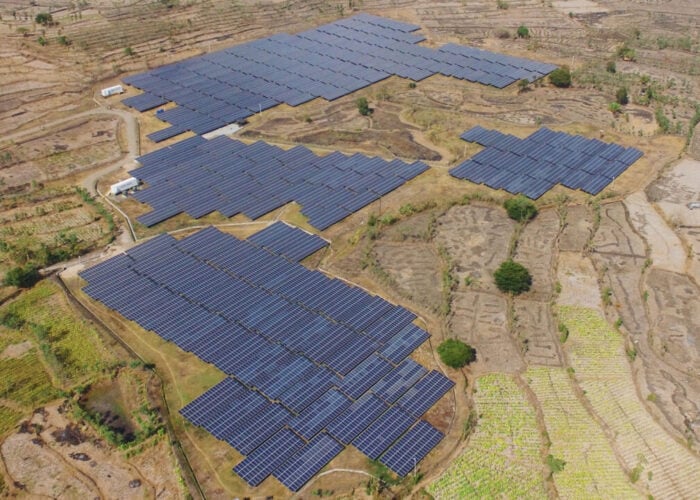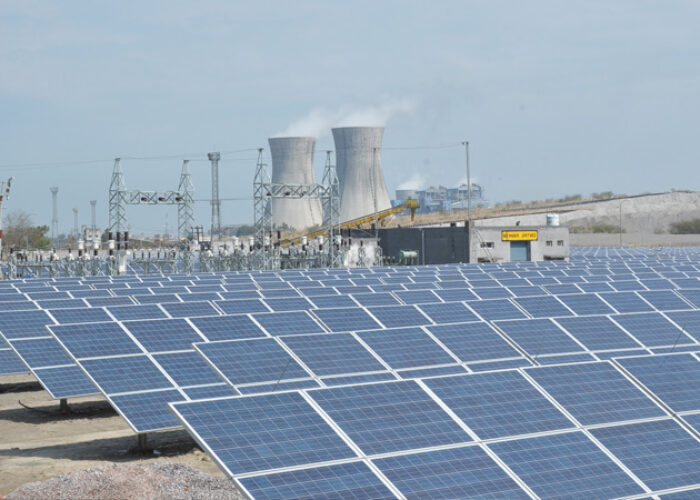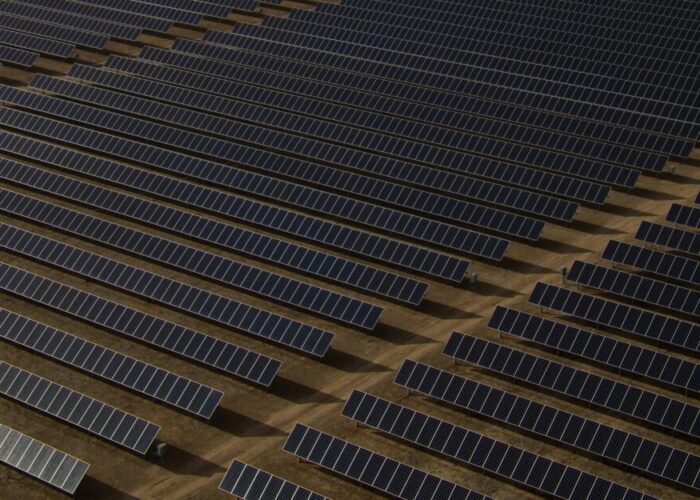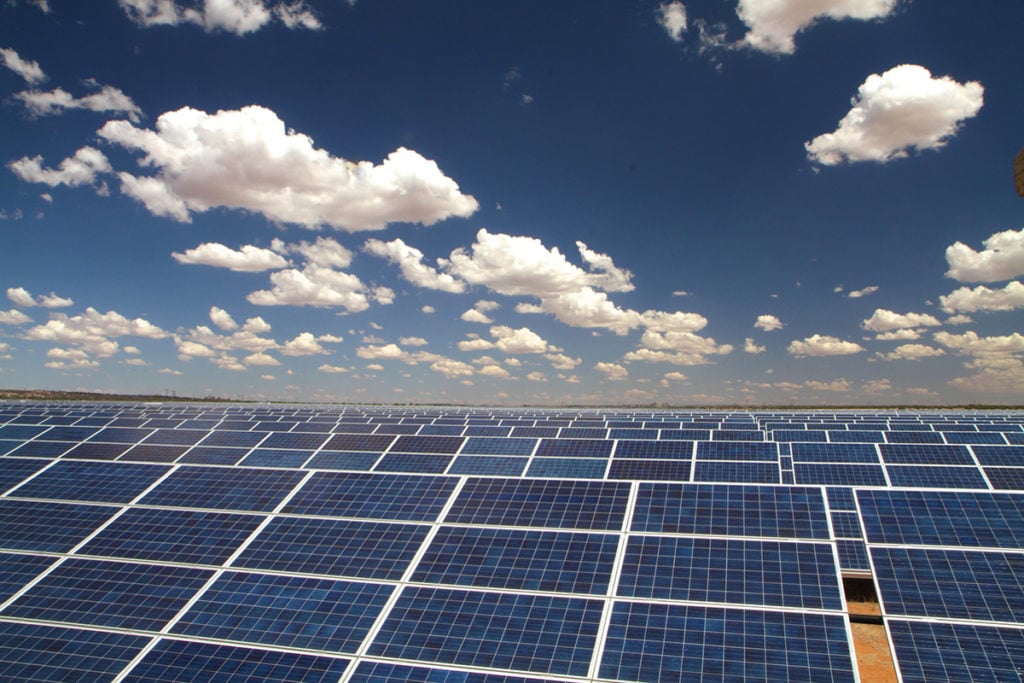
New policies in major energy markets would accelerate the investment in clean energy to US$2 trillion by 2030 in the states policies scenario (STEPS), according to the International Energy Agency (IEA).
In its flagship World Energy Outlook report, the IEA expects a 50% increase in investments thanks to policies such as the Inflation Reduction Act (IRA), which is expected to be a main driver for the US to grow its solar and wind capacity additions two‐and‐a‐half‐times by 2030 over today’s levels.
Unlock unlimited access for 12 whole months of distinctive global analysis
Photovoltaics International is now included.
- Regular insight and analysis of the industry’s biggest developments
- In-depth interviews with the industry’s leading figures
- Unlimited digital access to the PV Tech Power journal catalogue
- Unlimited digital access to the Photovoltaics International journal catalogue
- Access to more than 1,000 technical papers
- Discounts on Solar Media’s portfolio of events, in-person and virtual
The STEPS scenario provides a more conservative benchmark, representing a path based on the energy and climate measures governments have put in place to date, as well as policies that are under development.
Within 10 years, if countries are taking the necessary action to deliver on their climate pledges, 370GW of solar capacity could be deployed globally, with solar PV becoming the leading technology in the US and India.
The accelerated rise of solar PV and wind power share in total generation will reshape the power system and require an increased demand for power system flexibility, with battery systems highly popular in regions where the share of solar PV outpaces wind.
Moreover, solar PV provided over 3% of global electricity generation in 2021 with annual PV capacity additions reaching 174GW. Crystalline silicon modules accounted for 95% of it, and thin-film PV accounted for the remainder.
Annual capacity additions for solar PV will more than quadruple by 2030, to 650GW according to the net zero emissions (NZE) by 2050 scenario, which is consistent with limiting global warming to 1.5 °C.
This is a similar growth seen in the past, when solar PV capacity quadrupled from 37GW in 2013 to 174GW in 2021.
However, to maintain or accelerate the growth of renewables deployment would require supportive policies coming not only from leading markets, while stronger policies would be needed to reduce risks of energy prices increasing and volatility.
In the case of solar PV, policy action is essential to address local barriers to uptake, including those relating to land acquisition, permitting, provision of timely grid connections and secure integration of the variable resource into electricity systems.
“The journey to a more secure and sustainable energy system may not be a smooth one. But today’s crisis makes it crystal clear why we need to press ahead,” said IEA executive director, Fatih Birol.
In terms of manufacturing, if the announced expansion plans for solar PV come into being, manufacturing capacity would exceed by 75% the deployment levels in 2030 in the countries’ announced pledges scenario (APS), which maps out a path in which net zero emissions pledges announced by governments so far are implemented in time and in full, and the global average temperature rise in 2100 is held to around 2.1 °C..
With China dominating the global manufacturing market with an 80% share across all steps of the supply chain and could rise even further to 95% for polysilicon, ingot and wafer production, the IEA warned of the need to diversify the supply chain of solar PV for a secure transition to net zero emissions.
Furthermore, mineral requirements will have copper as the largest increase in terms of absolute volumes – with a current demand of 6 million tonnes (Mt) per year that could increase up to 16Mt by 2030 – with silver and silicon experiencing faster rates of demand growth for solar PV.


